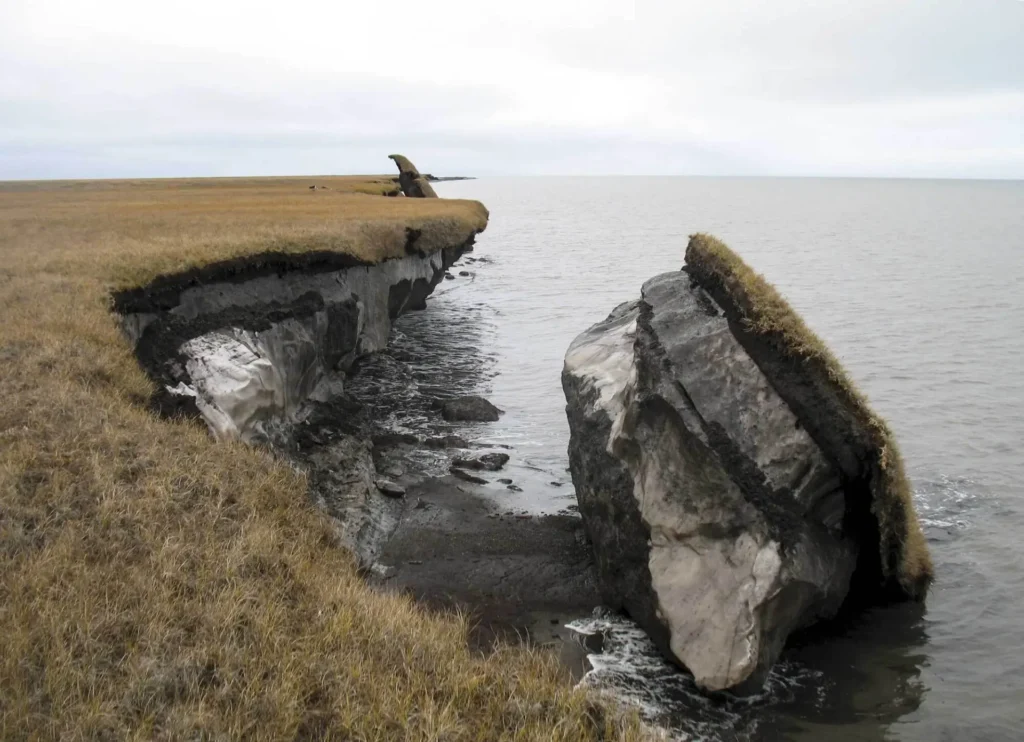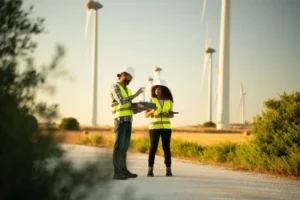A new study published in Nature Communications Earth and Environment suggests that a permafrost thaw in Alaska could damage roads and buildings by midcentury, costing between $37 billion and $51 billion.
The findings highlight the growing financial toll of climate change on Alaska’s infrastructure. Lead author Elias Manos of the University of Connecticut said the study’s estimates surpass earlier projections thanks to more comprehensive data.
Improved satellite imagery enabled researchers to inventory more roads, buildings, and structures, like storage tanks. A 2023 Arctic infrastructure study had previously pegged Alaska’s thaw-related transportation costs between $14 billion and $24.5 billion, plus $3 billion for building damages.
But Manos believes estimates will climb as infrastructure data improves and permafrost modeling advances. They assessed costs under two climate scenarios, one with reduced emissions leading to slower warming and another with continued high emissions causing greater warming.
Under the high-emission scenario, the Fairbanks North Star Borough will face the highest costs, over $7.4 billion for buildings and $6 billion for roads by the 2060s. The Yukon-Koyukuk Census Area, however, has the highest per-capita building damage costs.
Even Southern regions like the Matanuska-Susitna Borough aren’t immune to damages projected to reach $1 billion, mostly from road repairs. The study excluded industrial sites like the North Slope oil fields and Red Dog Mine, but Manos plans to include them in future analyses.
Co-author Anna Liljedahl of the Woodwell Climate Research Center noted that FEMA covers disasters like floods. She warned that homeowners often face costly surprises when foundations sink due to thawing ground.









